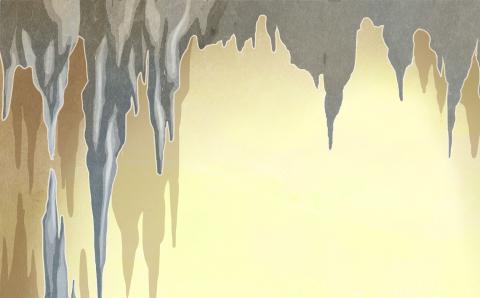One recurring question I get as its editor in chief is whether The Banner will ever consider going entirely digital (online and app), forgoing its print form. And my short answer would be that print is still very much needed at this time.
Depending on the inquirer, this question flows out of various motivations. For some, it is an environmental issue to reduce paper use. For others, it is financial savings as a paperless Banner would be cheaper to produce with no shipping or mailing.
I appreciate these good motives. However, based on our survey data, the print Banner is still very much needed. In our last survey in 2020, 34.1% of all respondents say they only read the Banner in print. Only 14.6% read us exclusively online. The rest, 48.2%, read a mix of both printed hard copy and online. (About 3.1% don’t read the Banner at all.) With this evidence, therefore, it seems at least a third of our readership rely exclusively on the printed Banner. Getting rid of the print version now would be a disservice to those readers. Not to mention that almost half of the rest still read the print in addition to digitally.
So, while I appreciate and sympathize with the sentiments of saving costs and reducing our carbon footprint, I cannot leave such a large contingent of our readers in the lurch by canceling the print version.
Now, both the financial and environmental costs of producing the print The Banner might not be as prohibitive as we might initially think, if we consider the benefits and gains. For starters, a single printed Banner is rarely read by only one person. Often, it is shared by a married couple. Entire households could be picking up the printed Banner from the living room coffee table. Also, empty nest readers have told us that they would pass their Banners to their adult children. One reader even passes his Banner to a non-churchgoing neighbor and has good spiritual discussions over the articles afterward. The print Banner even gets to Christians behind bars who might not have access to the internet. I have received heartfelt written letters from such readers. Therefore, we cannot simply dismiss the reach of a single printed issue.
As for the financial costs of printing, we must also take into account economies of scale. This means that there are cost advantages reaped when increasing production become more efficient, spreading costs over a larger number of goods. For example, it might cost a commercial printing vendor less labor, time, and energy to print, say, an 80,000 copies run of a magazine than four separate runs of 20,000 copies each of different magazines. Because it is more efficient to keep running the same thing than having to stop, reset, and recalibrate, even though the total number of copies are the same. It may even cost only minimally more for them to add an extra 5,000 copies onto that 80,000 copies run. It might cost them the same to print 70,000 as it is to print 80,000 copies in one run. And they would charge their clients accordingly. In other words, although counterintuitive, it may actually cost us more per copy of the Banner when we print less copies. Thus, canceling your print Banner may not really save us all that much money.
Finally, although going purely digital might save printing and shipping costs, it is still not free, and we also lose revenue. Writers, editors, designers, and webmasters still need to be paid. Platform hosts still charge money for designing and maintaining the site. In addition, we would lose a great deal of advertising revenue without our print edition. It is known throughout the publishing and journalistic world that online advertising has not replaced print advertising dollars. In fact, it often lags far behind. To enable online advertising capability on our website would require some technological fixes by our platform provider, which isn’t free either. By cutting print, we would lose about $300,000 (USD) per year in advertising.
Although I appreciate and understand the desire to be more environmentally friendly and economically stewardly, I don’t think it’s the right time to end the print Banner because at least a third of our readers still only read the print version, and it might even be less stewardly, in addition to the fact that we lose the intangible reach that only print can offer.
About the Author
Shiao Chong is editor-in-chief of The Banner. He attends Fellowship Christian Reformed Church in Toronto, Ont.
Shiao Chong es el redactor jefe de The Banner. El asiste a Iglesia Comunidad Cristiana Reformada en Toronto, Ont.
시아오 총은 더 배너 (The Banner)의 편집장이다. 온타리오 주 토론토의 펠로우쉽 CRC에 출석한다.
You can follow him @shiaochong (Twitter) and @3dchristianity (Facebook).









